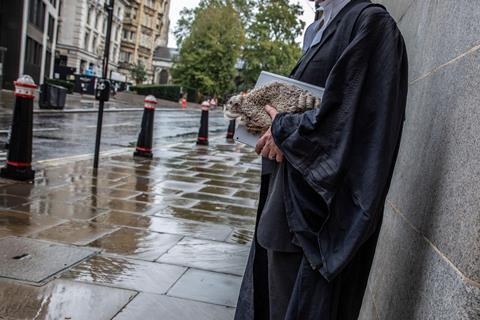The bar is slowly becoming more diverse although women and those from ethnic minorities remain underrepresented as silks and a ‘disproportionately high number’ of barristers attended an independent school, the Bar Standards Board has reported.
The proportion of barristers from minority ethnic backgrounds increased slightly in 2021 to 14.7%, the same as the estimated proportion of the working age population in England and Wales last year.
However, the BSB said there is still a disparity between the overall percentage of ethnic minority barristers and the percentage of QCs from minority ethnic backgrounds, which was up slightly to 9.6%.
The BSB’s annual diversity report also states that the proportion of female QCs increased from 16.8% to 17.9%. This is still far below the proportion of women barristers (38.8%), although the difference narrowed slightly in 2021.

A disproportionately high number of barristers (19.3%) attended a UK independent school between the ages of 11-18, the report states, compared with approximately 7% of school children in England.
The BSB said just over 40% of respondents did not provide information on the type of school they attended, but that ‘even if all of the barristers who chose not to respond had gone to state schools, the proportion of barristers who went to independent schools would be higher than in the wider population’.
There was also a rebound in the number of pupils last year, with 511 in the practising or non-practising stage of pupillage as of December 2021 compared with 354 the previous year. The figure is slightly higher than the average of 472 between 2015 and 2019.
The total number of barristers, including pupils, was up by 342 to 17,774 last year, in contrast with 2020 when the size of the bar decreased slightly as a result of the drop in pupil numbers.
Shadae Cazeau, the BSB’s head of equality and access to justice. said: ‘We are pleased to see that the bar is increasingly diverse, but there is still more work to be done to make the profession truly representative of the society it serves, which includes the need for chambers and employers to audit their recruitment practices.’


























